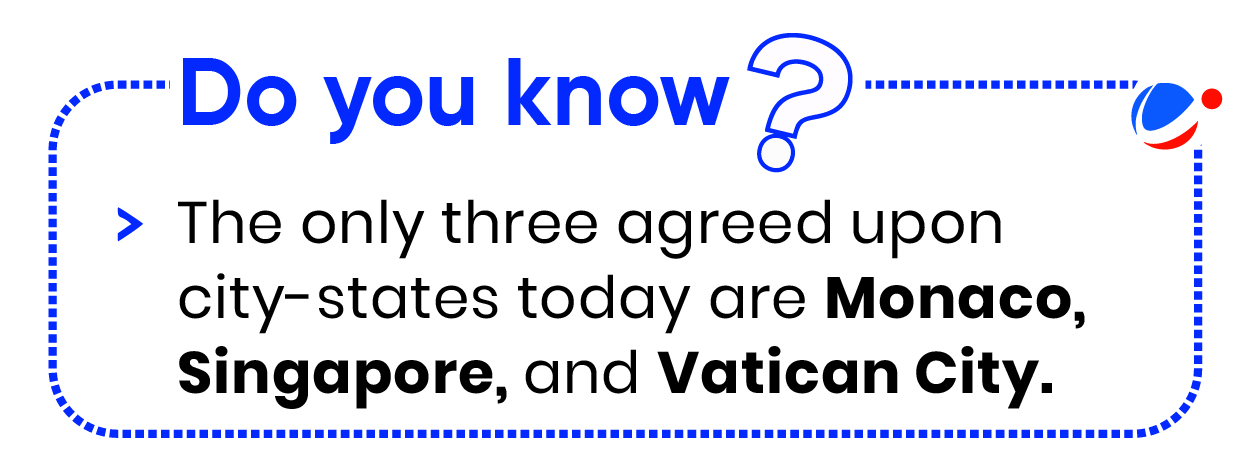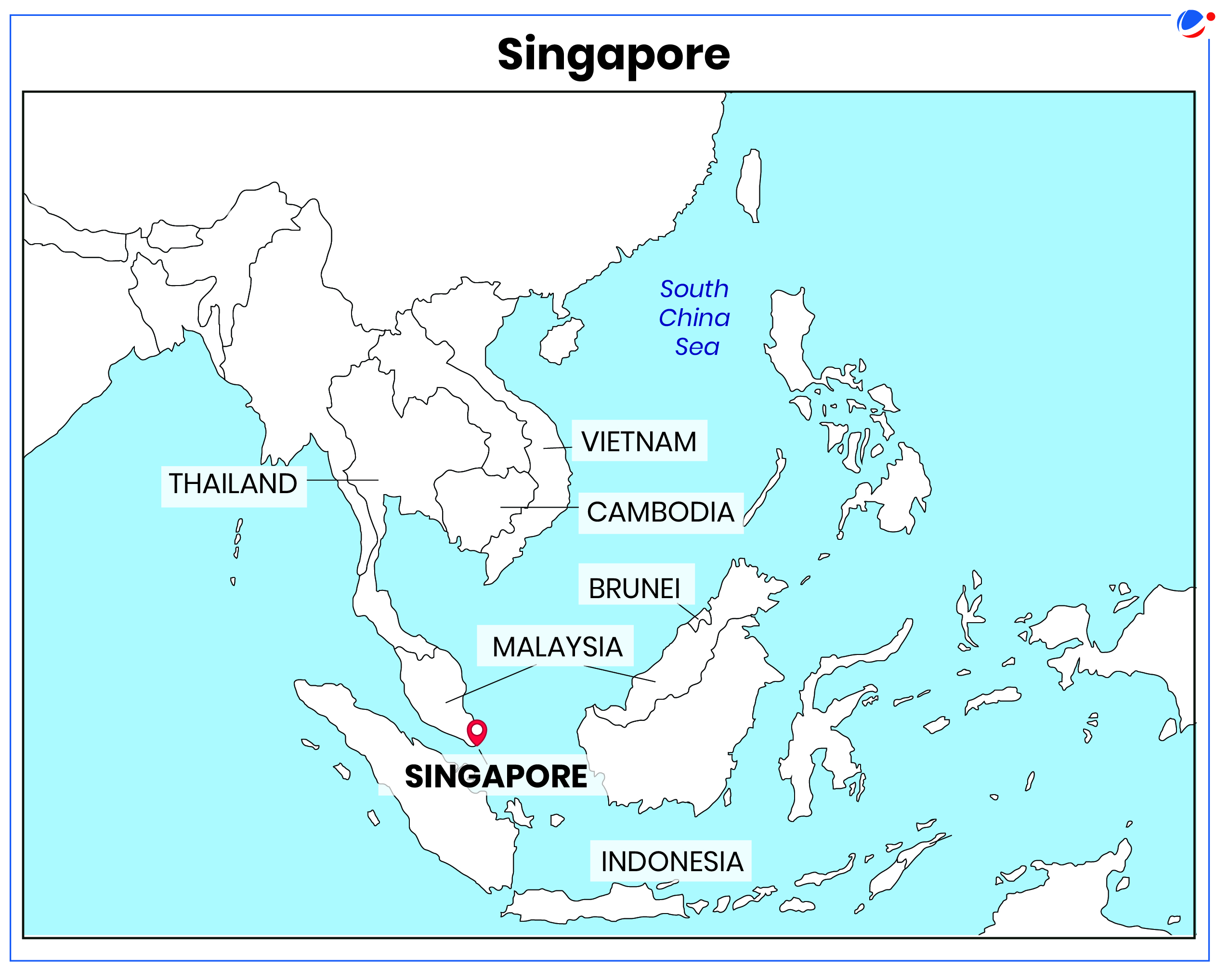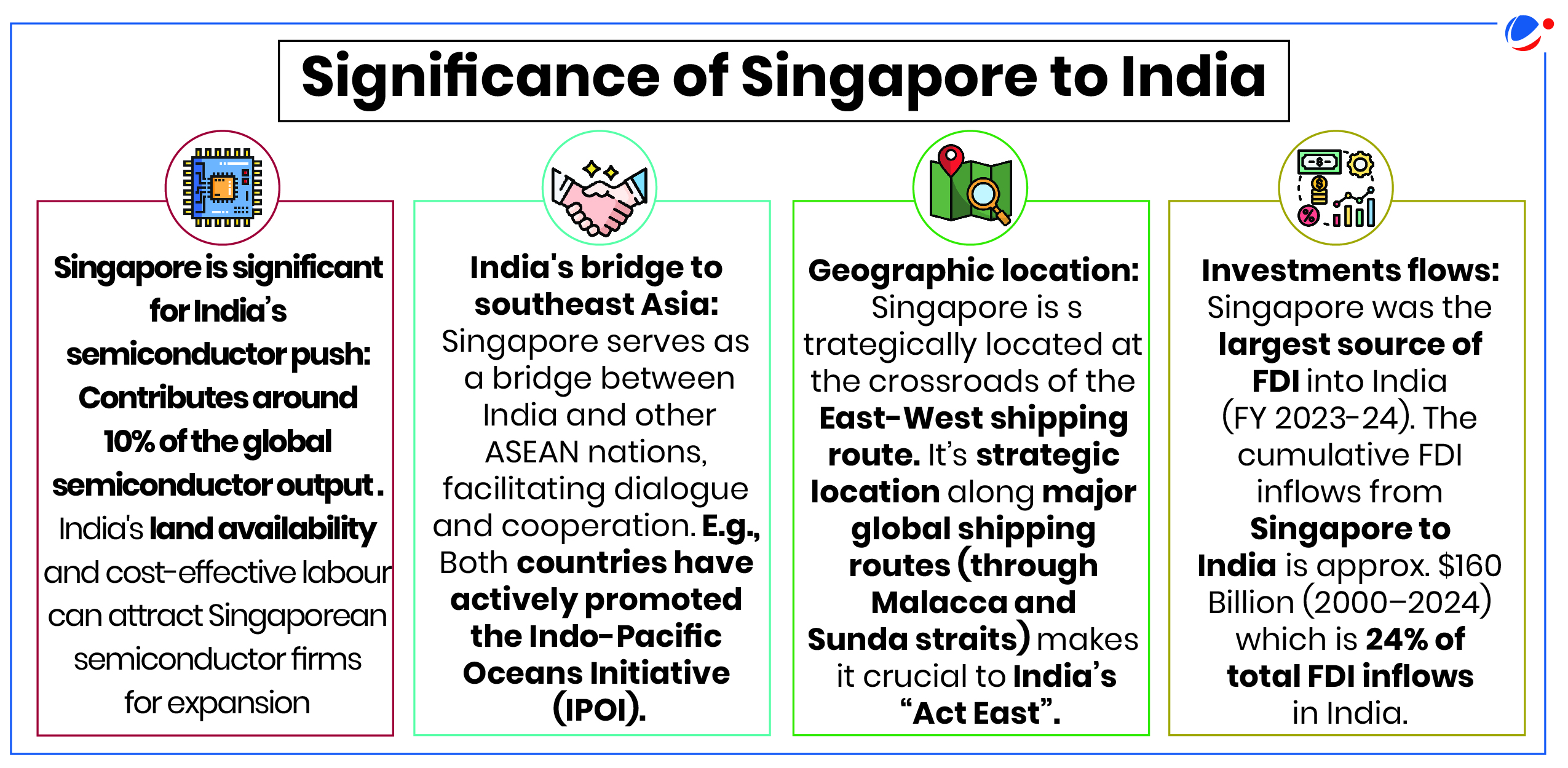Why in the News?
Prime Minister of India visited Singapore during the second leg of a two-nation trip to South-East Asia, having travelled to Brunei Darussalam in the first leg.

Key Outcomes of the Singapore visit
- Comprehensive Strategic Partnership: Strategic Partnership established in 2015 was elevated to Comprehensive Strategic Partnership.
- India and Singapore signed four Memorandum of Understanding (MoU): In the fields of digital technologies, semiconductors, health cooperation and skill development.
- MoU on India-Singapore Semiconductor Ecosystem Partnership: Envisages cooperation in semiconductor cluster development, talent cultivation, and advanced manufacturing, particularly developing resilient supply chains.
About India-Singapore relations
- Historical connect: Sir Stamford Raffles established Singapore as a trading station in 1819 and it was governed from Kolkata. India was one of the first countries to recognize Singapore in 1965.
- Trade and economic cooperation: Singapore is India's largest trade partner in ASEAN; it's India's 6th largest trade partner (2023-24).
- Bilateral trade expanded after the conclusion of Comprehensive Economic Cooperation Agreement (CECA) to USD 35.6 billion (2023-24).
- India is a net importer.
- India signed Direct Tax Avoidance Agreement (DTAA) with Singapore in 2016 to check tax evasion.
- Bilateral trade expanded after the conclusion of Comprehensive Economic Cooperation Agreement (CECA) to USD 35.6 billion (2023-24).

- Defence relationship: Defence collaboration enhances India's regional strategic maritime reach as far as the South China Sea and reinforces Singapore's role as a security partner in the Indian Ocean.
- Bilateral exercises by the three services: Exercise Agni Warrior (Army), Exercise SIMBEX (Navy) and Air Force Exercise Joint Military Training (JMT).
- Fintech: RuPay card & UPI-Paynow Linkage are landmark developments in the area of cross-border Fintech.
- Multilateral cooperation: India and Singapore are part of multilateral groups like the East Asia Summit, Commonwealth, IORA (Indian Ocean Rim Association) and IONS (Indian Ocean Naval Symposium).
- Singapore has joined the International Solar Alliance and Global Bio-fuel Alliance.
- Both closely cooperate on, and support the Indo-Pacific Economic Framework for Prosperity (IPEF).
- Indian Community: Ethnic Indians constitute about 9.1 % of the resident population in Singapore.
- In addition, among the 1.6 million foreigners residing in Singapore, about 1/5th are Indian citizens.
- Tamil is one of the four official languages of Singapore.

Challenges faced in India-Singapore relations
- Overwhelming Chinese presence: Singapore's investments in China account for nearly 85 percent of the total inbound investments China has received from Belt and Road countries.
- China is Singapore's third-largest trading partner.
- Singapore is known as a tax haven: Though $ 11.7 billion was invested in FY 2023-24, a significant portion of this can be due to roundtripping.
- India's trade concerns include: Inadequate market access for service exports and greater mobility of people (professional talent migration).
- Gold smuggling: Smugglers in Singapore have been approaching Indian migrant workers flying home to act as 'gold mules' by carrying jewellery.
- Anti-India sentiments: Many such cases were seen where Indian workers working in Singapore were bullied on social media and in the workplace.
Way ahead for improving India-Singapore relations
- Third Review of CECA: Both countries can finish the Third CECA Review, ensuring the agreement stays relevant for future economies.
- This aims to adapt to changing economic landscapes and maintain beneficial trade relations.
- Review of ASEAN-India Trade in Goods Agreement (AITIGA): To make it more business-friendly, simple, and trade-facilitative. The goal is to substantially conclude this review by 2025.
- Urban Planning and Development: Collaborations between Singapore Cooperation Enterprise (SCE) and various states in India on smart cities and urban infrastructure including housing can be done.
- Mitigating anti-Indian sentiments: The Indian embassy in Singapore could set up a helpline or support system for Indian workers facing such issues.
- Leveraging Services Trade: India should engage with Singapore to liberalise the service sector and maximise its comparative advantage to reduce the trade deficit.
Conclusion
Singapore serves as India's strategic partner and economic bridge to East Asia, fostering trade, investment, and cultural ties while enhancing India's regional influence and connectivity.



